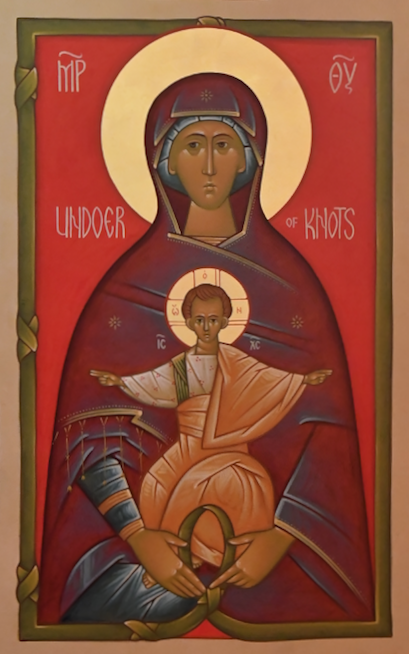

Van Dyck’s series would be different however. The idea of producing a series of portraits of well-known contemporaries was not a new one – for example, an earlier series had been produced in Antwerp in 1572. Van Dyck presented the artists side by side with the elite of the day and it is hard to tell, from just looking at their portraits, who was a prince and who was an artist.

The Iconography would be the most influential series of artists’ portraits and would establish the image of the artist as an aristocratic gentleman. Even as early as 1621, some of Van Dyck’s colleagues had asked him to paint them either alone or with their wives in poses showing their new artistic self-confidence. He was anxious to emulate the success of Rubens and was also keenly aware from his time in Italy and particularly from his time spent with the Duke of Mantua, of the elevated status and courtly lifestyle enjoyed by many artists in Italy. Van Dyck had seen at first-hand how Rubens had developed a successful print-making business and how he had used this to spread his name, attract new patrons and earn more income. 34 in book.īefore going to Italy Van Dyck had worked as an assistant to Peter Paul Rubens (1577-1640), who described him “as one of my best pupils”. Back in Antwerp, now an accomplished artist, he began to experiment with print-making as a means of disseminating his work and enhancing his reputation, resulting in the series of portraits which later became known as the Iconography.

The Antwerp-born artist, Anthony van Dyck, spent the period between November 1621 and autumn 1627 in Italy, travelling throughout much of the country and honing his skills as a portraitist, particularly during his stays in Genoa. Artists The Artists in the Iconography of Anthony van Dyck (1599-1641)


 0 kommentar(er)
0 kommentar(er)
